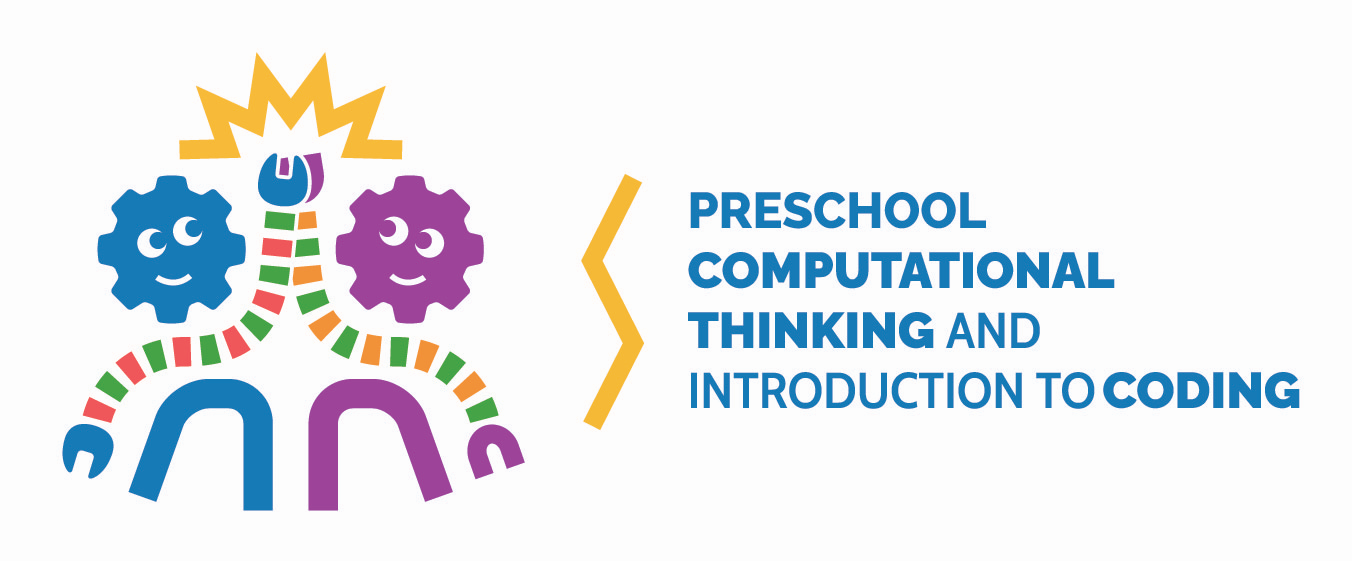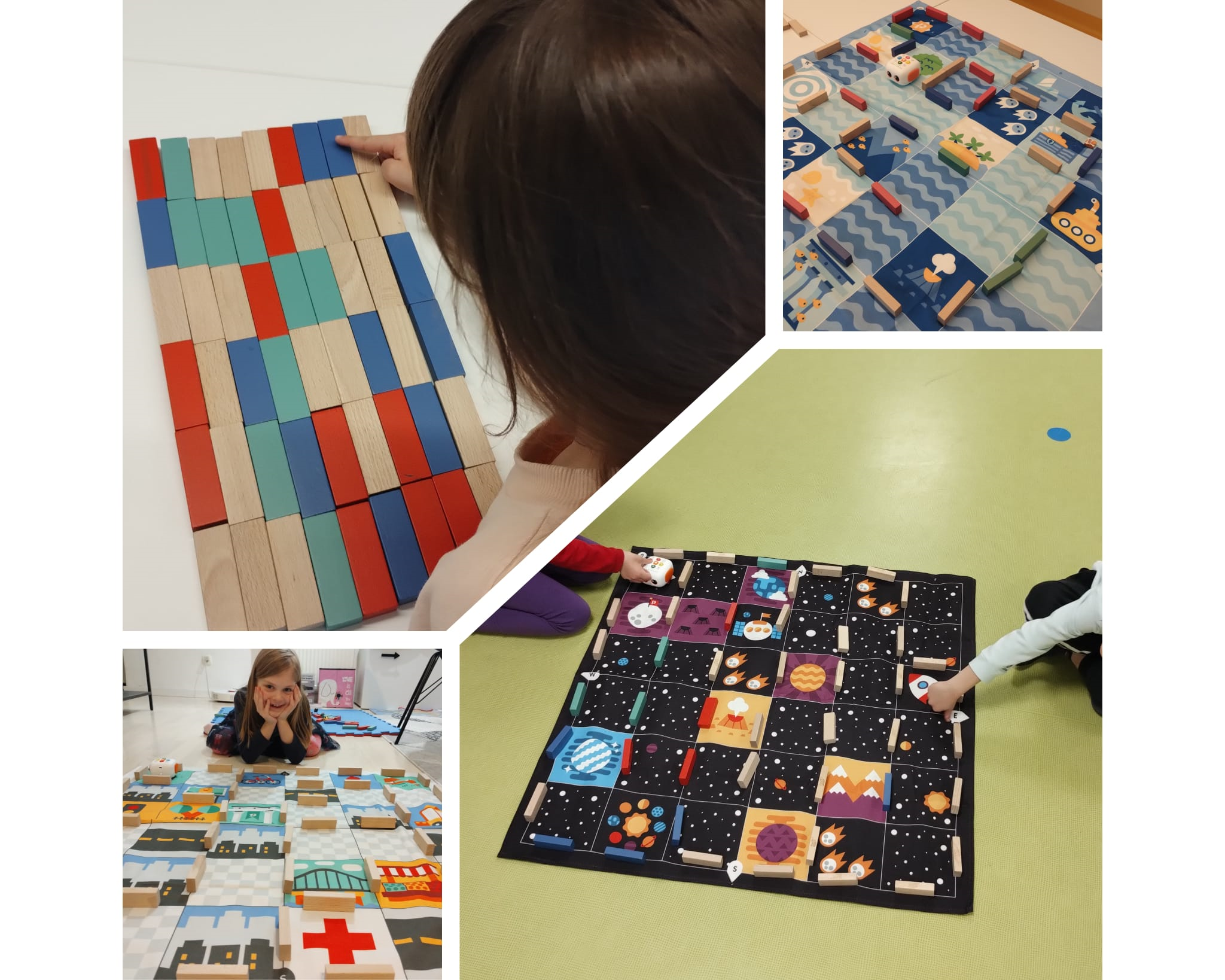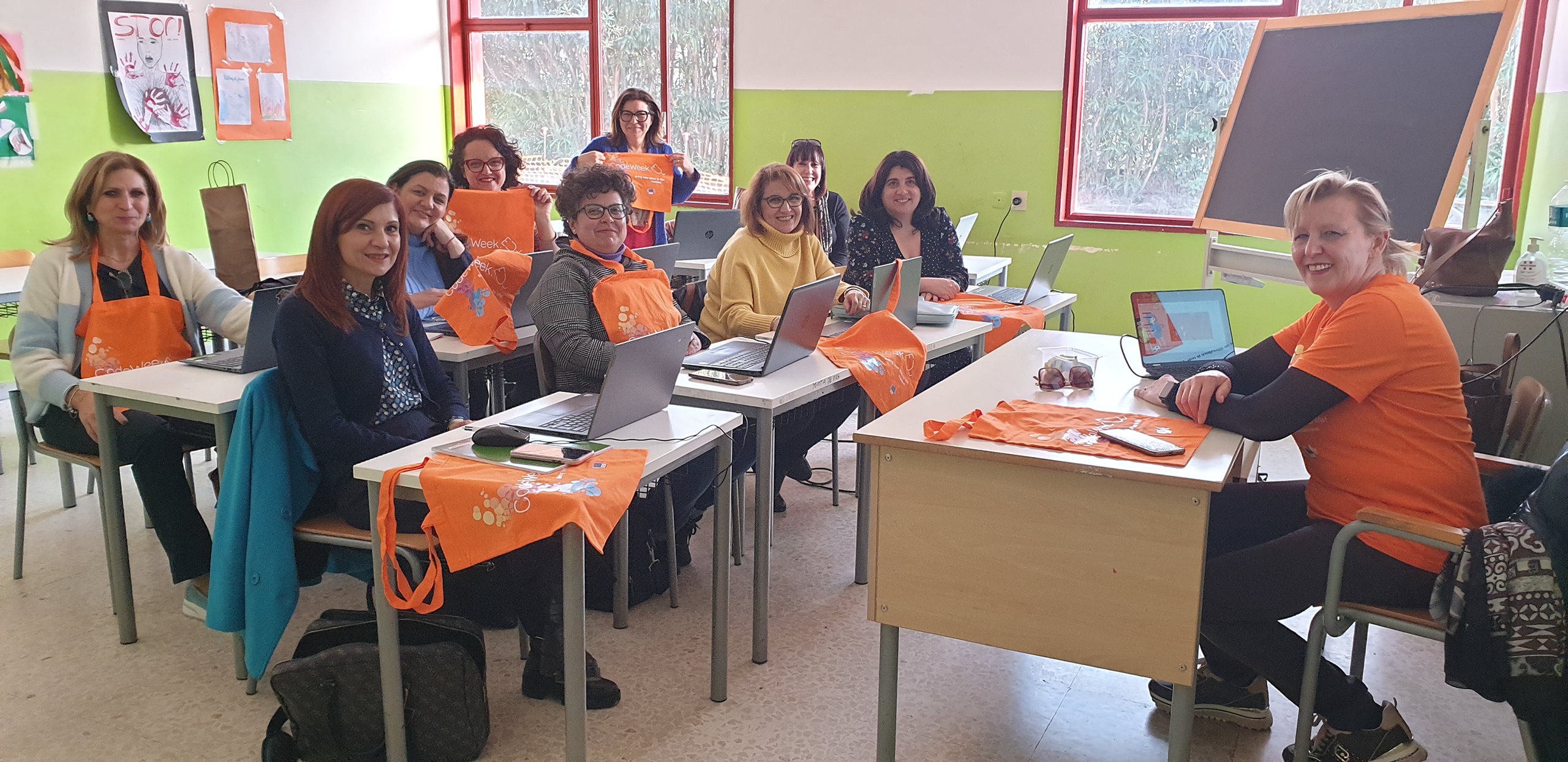Robots in a maze
Publication date: July 6, 2023
Author: Ivan Lipanović, math and computer science teacher. Elementary school Špansko Oranice, Zagreb; NGO “Neki novi klinci”, Zagreb
The NGO “Neki novi klinci” from Zagreb, Croatia, is implementing the Erasmus+ project “Preschool computational thinking and introduction to coding “. A multidisciplinary team of educational workers is included in the project, consisting of pedagogues, psychologists, educators, teachers, educational rehabilitators, and anthropologists.
Activities for preschool children and their parents are being conducted through this project. Our approach to the use of technology in education emphasizes the integration of technology into the activities in which children normally participate in their kindergarten groups.
Through this project, we connect with each other, learn from each other, and the activities for children are designed and looked at from different points of view, as per the collaborators’ personal area of expertise.

One of the activities that is extremely well received by children combines elements that are already known to them, and then molded into a new concept. For this activity we used beautiful colorful maps (which the children had already used to create concepts/stories, and which have a grid of squares on them), wooden blocks, and educational robots. Children of preschool age (age 6) were involved in the activity. We used the above materials to integrate them into mazes that children at that age happily and successfully solve, for example, they draw a path with a pencil through the maze that is drawn on paper.
Maze activity
In our activity, we built mazes using wooden blocks on maps so that the blocks represented the walls of the maze. The children solved the mazes by programming a robot which would drive through the maze to reach the given goal. In doing so, we encouraged the children to cooperate both in solving the maze and programming the robot, and in coming up with a story about the adventures they experienced together with the robot while embarking on a voyage on the painted map.
In the next phase of the activity, the children designed new labyrinths and built them on the map using the cubes. They discussed the complexity of the maze depending on the intricacy of the path that had to be followed to reach the goal. The children worked in pairs or groups of three.
After they programmed the robot to drive to the end through their maze, the children would swap with another group/pair. Using the robot, they would solve a maze that another group of children had put together. They studied mazes, how many possible paths there are to the finish line, and how many dead-end paths or traps there are in the labyrinth.

As they solved the mazes, they added story elements. The children used active imagination in presenting what happened in the story in a particular part of the labyrinth, and described the adventures they went through together with the robot and who they met in the segments of the maze.
After successfully bringing the robot to the maze finish line, they rejoiced and celebrated.
In this activity, we connected elements that were already known to the children (telling stories, wooden blocks, labyrinths, a robot). We did this in a way to enrich and connect already known activities into a new whole. In carrying out this activity, we emphasized the activities and involvement of children. Throughout the activity, we gradually increased the complexity. At the beginning, they searched for a path in each maze, then they programmed the robot to drive along that path, and after that they devised and built their own maze, exchanged the designed mazes with other children, and discussed the level of complexity of the constructed mazes.
We incorporated different types of activities: building with wooden blocks, logical thinking, cooperation and agreement, imagination, devising and verbalizing stories, analyzing, and assessing the difficulty of the task.
The children were happy to participate in this activity and showed a high level of involvement.
This type of educational game with robots in the maze proved to be very successful and we are happy to share it with the readers of this blog.


